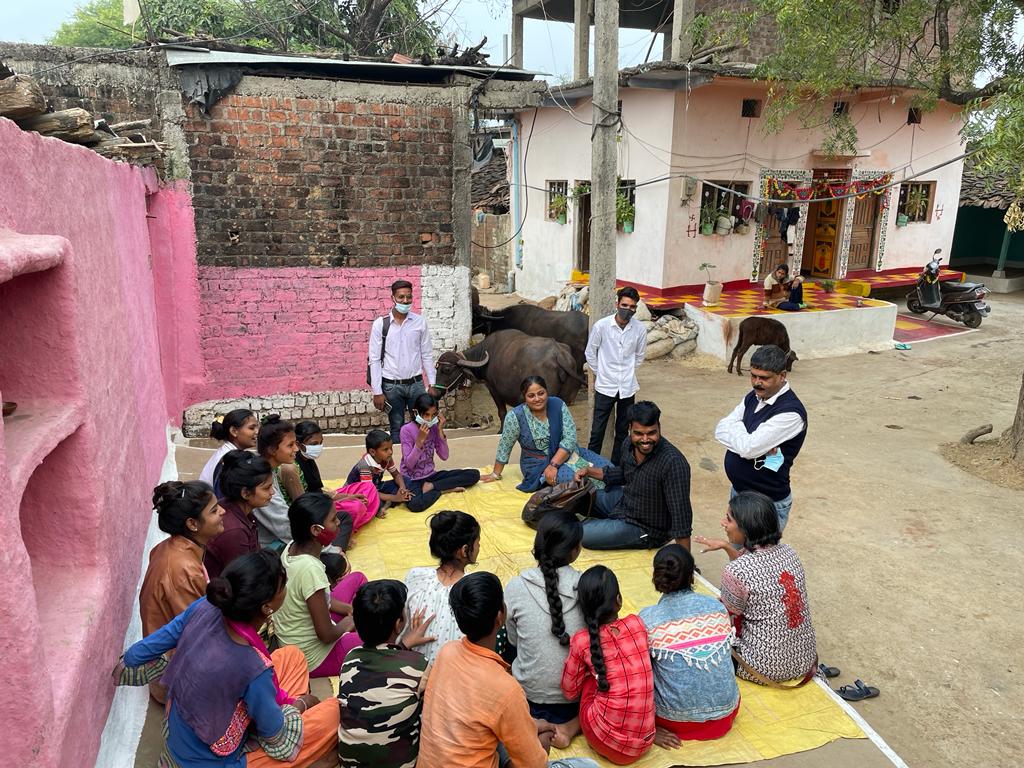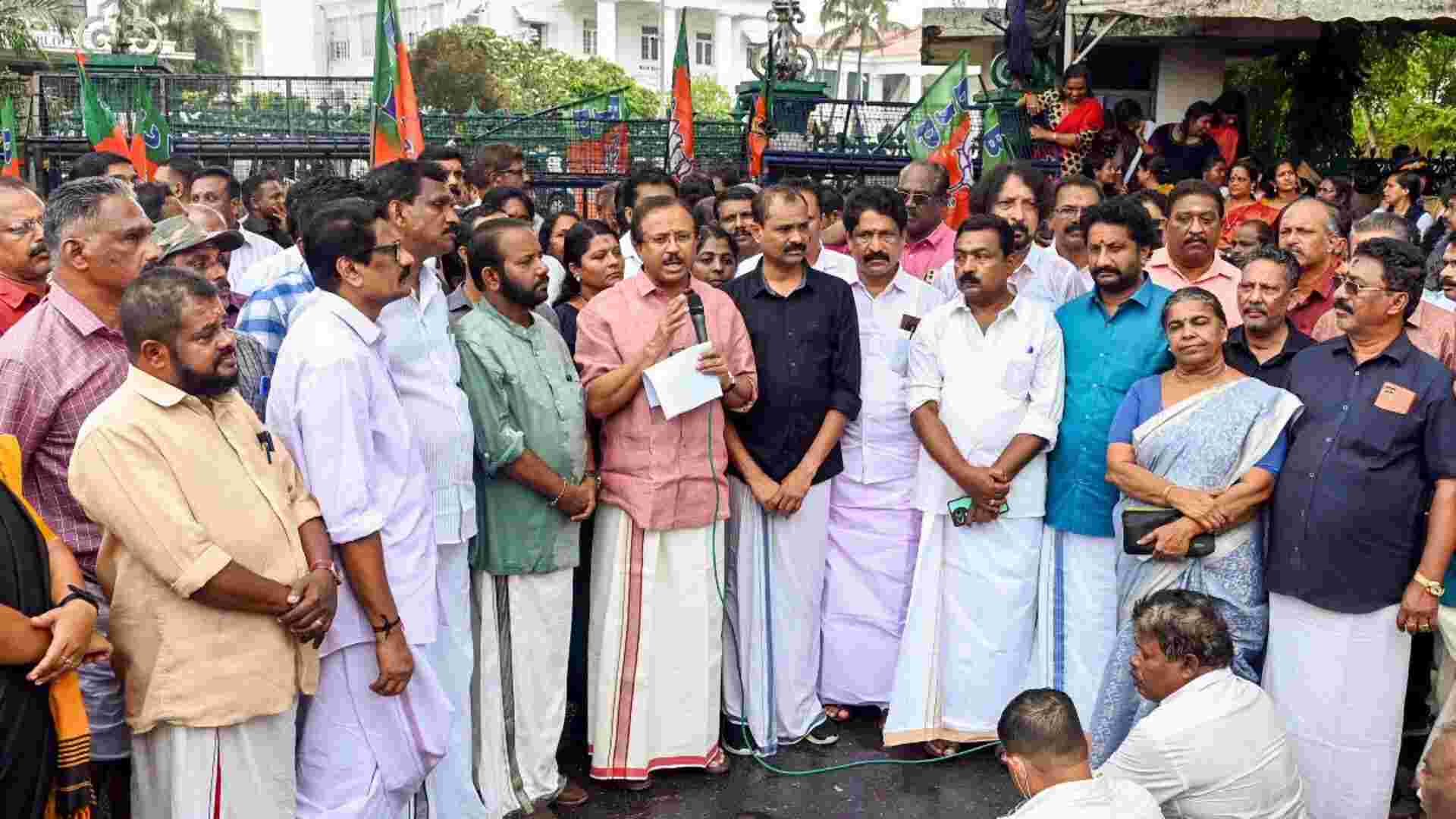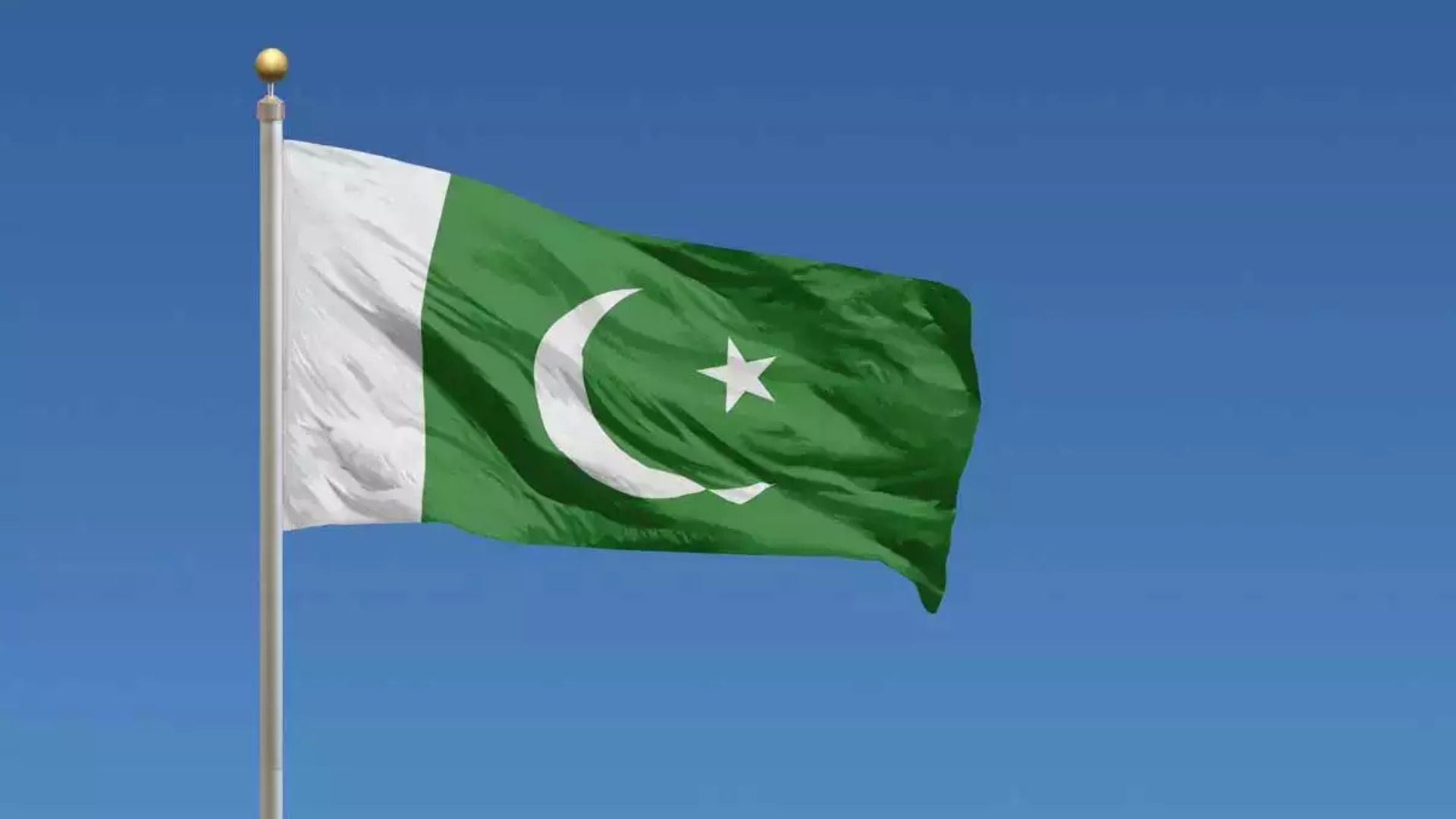
Community-based sexual exploitation of communities like Bedia and Bachara and other de-notified tribes historically started as a survival and protection mechanism to ward off the atrocities of landlords and the powerful—a cost paid by a nomadic tribe for stability. The compulsive survival instinct became a tradition, and the exploitation became normalised over the years. There are more than 100,000 Bedia and Bachra people put together, spread over four states in India. In Madhya Pradesh, the Bedia community is predominantly located in 12 districts of three regions: Chambal, Malwa, and Bundelkhand, whereas the Bachara community is in the Malwa region. In 1913, during British rule in India, the Bedia and Bachara communities were registered as criminal tribes under the Criminal Tribes Act 1871, which was denotified in 1952 and then recognised as scheduled castes. They are in double jeopardy—they have to carry the stigma of being a community engaged in prostitution and being at the lowest rung of the caste hierarchy.
The social conditioning of the boys and girls of the community encourages the perpetuation of this exploitative tradition. The children are barely encouraged to seek education. The boys—most of them illiterate and having proclivity towards social vices—prefer to stay financially dependent on the earnings of the prostituted girls in the family. A conservative estimate projects that about 70% of families are still deriving income from prostitution. Sexglam hits the mindset of the young minor girls who are provided the option of marriage or prostitution, as males in the community do not instill confidence. Minors are initiated through the ‘nath utarna’ ritual. The traditional folk dance called the ‘rai dance’ of the community is now highly sensualized and sexualized and used to groom young women into prostitution. The challenge of survival for females and unemployed males with depleting market value is a dominant social pressure to force young girls into sexual servitude.
The span of active prostituted sex life is short, as customers soon prefer young minor entrants. It is a vicious cycle as the out-of-demand exploited young women are left with no option but to prostitute their own daughters for survival. The only possible permanency and stability foreseen in a world of conjugal forbiddance for a prostituted lady is to become the ‘keep’ of a customer as an alternative livelihood, and the exploitation continues as a mistress. They remain sexually exploited for life without any conjugal rights.
The government’s development programmes have had a limited reach in the community. They are at the lowest rung of the caste ladder, where they are more or less treated as untouchables (though this is legally a crime) by other communities because of their indulgence in prostitution. They live in enclaves in villages, usually at the periphery. They suffer from discrimination at all levels, from childhood to access to social justice opportunities in all aspects of life. Practically, the stigma attached to the community discourages local agencies entrusted with development from proactively engaging with them. There are hardly any alternate livelihood opportunities that have been explored. The dropout rate of children in school is high. They have a limited voice in any political representation forums, so they can’t create enough pressure to force the delivery of services.
There is a need to have an equitable society where all children—particularly girls—and women are given opportunities and can achieve their full potential. There is an equal need to combat human trafficking, sexual abuse, and forced prostitution, especially of women and children, and work towards creating a safer and violence-free world for women and children by defending their human rights and dignity.
The intent should be to protect women and children from intergenerational forced prostitution, threats of human trafficking, sexual abuse, and exploitation by defending their rights and dignity. It demands that we provide a safe ecosystem by supporting their education, health, and livelihood through intervention and leading activism. It cannot be achieved without supporting survivors of abuse and exploitation through the entire cycle, from prevention to rehabilitation. It also demands engaging in intervention-based and action-oriented research, activism, and capacity building among stakeholders in the field of anti-human trafficking.
Currently, in Madhya Pradesh, Samvedna has already been working extensively in the 60 villages of six districts (Bhopal, Rajgarh, Raisen, Vidisha, Sagar, and Guna) on the issue of human trafficking and is currently working specifically on community-based sexual exploitation. Its focus is on the Bedia community, which is into inter-generational prostitution. The tradition falls under the category of community-based sexual exploitation, as children are customarily prostituted at a young age. Development practitioners at Samvedna realised that while working with the community, it is imperative to maintain a dual focus—working with survivors of community-based sexual exploitation for their rehabilitation and reintegration, as well as working with potential victims with a priority on prevention through direct intervention by facilitating and providing access to education and alternate economic opportunities. Community development is possible only by challenging and dismantling an exploitative mindset and creating an enabling environment with access to opportunities and options.
The uniqueness and peculiarity of the community require comprehensive intervention and a holistic approach to ensure desired change. The socio-cultural, economic, and political dynamics of the community are so entrenched through generations that working with one section of the community will not yield results. Due to socio-cultural sanctions for sexual exploitation, any effort to bring about change is viewed as a challenge to their tradition and an intrusion into their private domain.
There are mainly two pressure groups in the community that perpetuate the sexual exploitation of women and girls. First, males are financially dependent on sexually exploited girls and women. Secondly, women lose their earnings due to a decrease in their clientele and, in turn, want to force the younger generation into prostitution.
While the focus should be on promoting formal education as a vehicle of change with the objective of restoring the dignity and respect of the children and the community at large, the goal should be to break the cycle of exploitation through knowledge, skill, and attitude building. However, no one size fits all, and social entrepreneurship is another solution to lessen intergenerational prostitution among Bedia and Bachara communities. Social entrepreneurs don’t just build organisations; they change systems. We tend to think of charities and governments when we think about ending human trafficking. But what do we think of businesses? We need to focus on planning and utilising business strategies and ideas and put them to work fighting slavery. Social entrepreneurs have the gifts to be the conveners, the connectors, and the changemakers who may work on a tri-sector level and work alongside corporations, governments, and civil society to assist in innovative approaches and tactics. Bedia and Bachara communities need to be ASSESED (Aware, Skilled, Self-employed, Empowered, Supportive, Educated, and Dignified). They should be given the necessary information, skillsets and support based on their expertise and interests, so they are capable and encouraged enough to create their own small business models, and now is the time for the anti-trafficking movement to push further ahead in innovation to force true systemic transformation.
If we bring about a revolution to create a new wave of entrepreneurs who are blazing a trail in anti-trafficking innovations, social enterprises can aid survivors on the path to socioeconomic independence. Single-minded work facilitation towards promoting the cause of the prevention of human trafficking, raising awareness on the issue, and establishing dialogue on the significance of survivors’ roles in enacting social entrepreneurship, laws, and public policies on human trafficking is to be persuaded. To that end, a multi-stakeholder consultation should be adopted to discuss views on collectively fighting against human trafficking in India through social entrepreneurship. Now is the time to act and build a social enterprise that will offer innovative products to the masses across the country.
Dr Veerendra Mishra, IPS from MP Cadre, H. Humphrey Fulbright Fellow, and Kalinga fellow and Sumit Kaushik, a PhD candidate at O.P. Jindal Global University and a social impact consultant.















